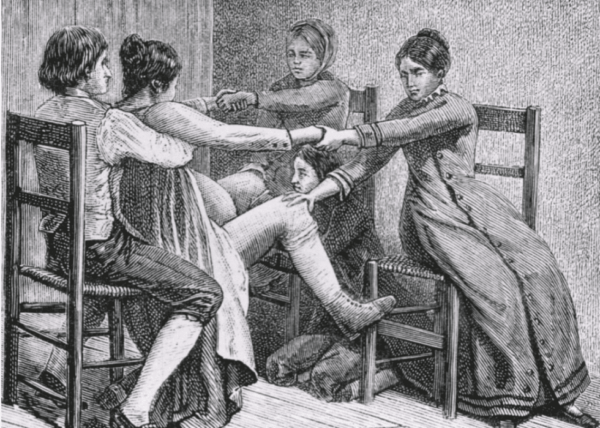The average price of a gallon of self-serve regular gasoline in Los Angeles County was unchanged Thursday at $4.529, but the average price is 7.1 cents more than one week ago.
The average gasoline price in LA County, however, is 32.1 cents less than one month ago and 15.2 cents cheaper than one year ago, according to figures from the AAA and Oil Price Information Service. It is $1.965 less than the record $6.494 set Oct. 5.
The Orange County average price dropped four-tenths of a cent Thursday to $4.455, ending a streak of 12 consecutive days of increases. It increased 14.3 cents over the 12 days, including 1.3 cents Wednesday.
The Orange County average price is 7.6 cents more than one week ago, but 26.8 cents less than one month ago and 19.8 cents cheaper than one year ago. It has dropped $2.004 since rising to a record $6.459 on Oct. 5.
The national average gasoline price rose for the 12th time in 13 days following a 44-day streak of decreases totaling 70.9 cents, increasing 2.5 cents to $3.285. It has risen 18.5 cents over the past 13 days, including 3.2 cents Wednesday.
The national average price is 12.6 cents more than one week ago, but 11.8 cents less than one month ago and eight-tenths of a cent cheaper than one year ago. It is $1.731 lower than the record $5.016 set June 14.
“For the first time in two months, the nation’s average price of gasoline rose sharply last week, as extremely cold weather led to many refinery issues, shutting down over a million barrels of refining capacity, pushing wholesale prices up,” said Patrick De Haan, head of petroleum analysis at GasBuddy, which provides real-time gas price information from more than 150,000 stations.
“In addition, China’s reopening plans gave markets inspiration that global oil demand will start to recover, as China’s nearly three-year COVID-zero policies appear to be coming to an end. While the jump at the pump will likely be temporary as most refiners get back online after cold-weather related issues, some regions like the Rockies may see more price increases than others as cold-weather shutdowns hit the region fairly hard.”







